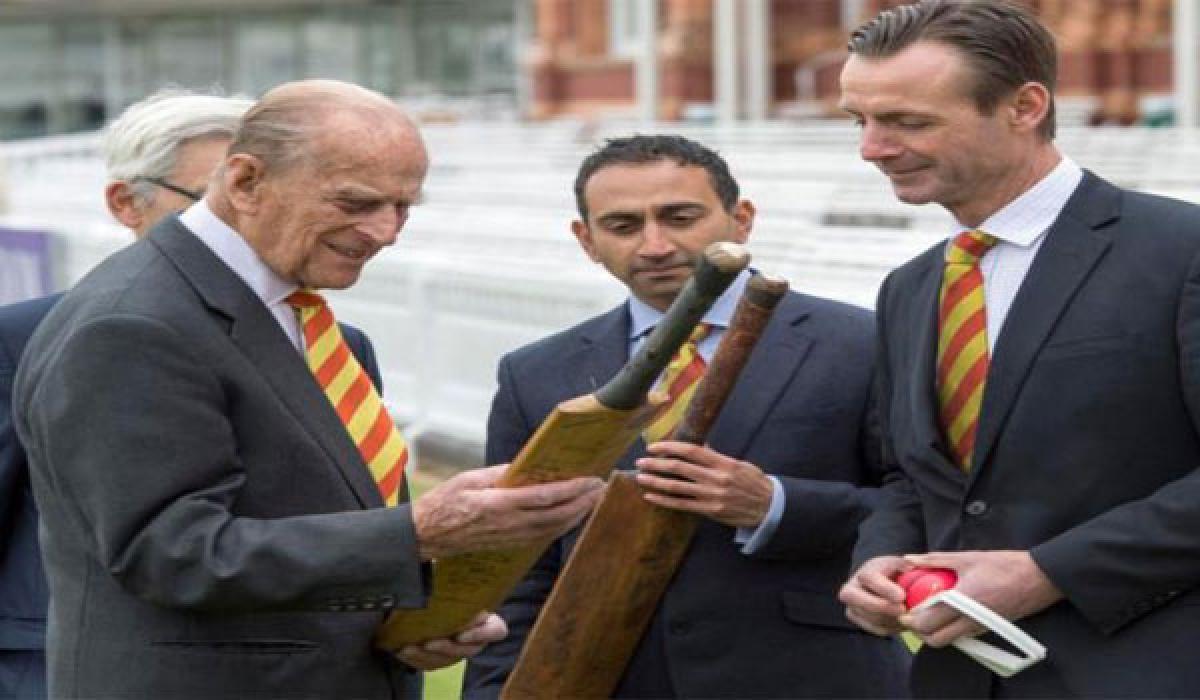Live
- Boeing lays off over 400 members of professional aerospace union
- Ready for debate on BRS 10 year rule and Congress one year's, TPCC Chief Mahesh Goud
- Director Arjun Jandhyala speaks about ‘Devaki Nandana Vasudeva’
- Amitabh Bachchan praises Bihar’s ‘LittiChokha’
- ‘Maha Sandram’ gets a grand launch
- Cong wants to break marginalised communities, BJP bats for everyone: PM Modi
- Sara Ali Khan enjoys camping under full moon
- Centre launches campaign for assessment year 2024-25 to help taxpayers
- Dutch cabinet holds out after crisis talks
- Rashmikasparks buzz on Grazia cover page
Just In

A British Indian surgeon’s research into the design of a cricket bat aimed at mitigating its dominance over the ball and maintaining balance between the two has been incorporated into the game’s official laws and will be enforced from October 1 this year.
Under new laws, maximum thickness of the edge of the bat needs to be less than 40 mm and the overall depth of the bat cannot exceed 67mm.
London: A British Indian surgeon’s research into the design of a cricket bat aimed at mitigating its dominance over the ball and maintaining balance between the two has been incorporated into the game’s official laws and will be enforced from October 1 this year.
Chinmay Gupte, an orthopaedic surgeon specialising in sports injuries and senior lecturer at Imperial College London, co-led a team at the college to assess cricket bat performance.The Marylebone Cricket Club (MCC), the sport’s governing body, has incorporated his team’s findings to ensure that both the cricket bat and ball are treated equally in terms of the laws.
“The number of sixes scored has increased exponentially over the last 30 years.
This has many factors including higher bat-speeds, smaller boundaries and stronger players. There is also no doubt that bat design has enabled far more mis-hits to go for six rather than be out caught,” Gupte said.“It was important to mitigate these developments to avoid a very one-sided contest between bat and ball,” he said.
Under the new laws, the maximum thickness of the edge of the bat needs to be less than 40 mm and the overall depth of the bat cannot exceed 67mm.It follows research conducted by Gupte’s team alongside colleague Professor Anthony Bull, head of the Imperial’s Department of Engineering, to assess cricket bat performance.
They found that the bat had, over the years, evolved to such an extent that it gave batsmen a significant advantage over bowlers. While the mass of the bat had increased considerably, it was the shape that made the most difference to a ball’s trajectory.
Pune-born Gupte is the son of Maharashtra cricketer Madhukar Shankar and is a professional cricketer who has played for Middlesex and Gloucester County Cricket clubs and also captained the team for the University of Oxford in his student days.
“Back when I was the captain of Oxford University I would never have dreamed that I would be influencing the Laws of Cricket.
It has been a privilege to help maintain the balance between bat and ball by contributing sound scientific research,” said Gupte, Senior Lecturer in Musculoskeletal Science and an Honorary Consultant Orthopaedic Surgeon in Trauma and Orthopaedics with a PhD in biomechanics.
“We at Imperial hope that we can extend our cricket research to better prevention and treatment of serious injuries in cricketers,” he said.His team found that the sweet spot, or the prime part of the bat for hitting the ball, situated near the end had increased in size from 80mm in 1905, to 215 mm by 2015.
This optimised the bat so that a greater proportion of it could hit the ball harder, while minimising vibration, thereby improving the effectiveness of the bat.They also found changes in the design of the bat made the edges thicker, meaning less energy was lost on impact when the ball was struck so that it could travel farther.
Following an assessment of the Imperial College study, the MCC World Cricket Committee carried out consultations with players and manufacturers and recommended further bat size limitations.Earlier this month, Gupte presented this latest design to Prince Philip, Queen Elizabeth II’s husband, who is a patron of MCC.

© 2024 Hyderabad Media House Limited/The Hans India. All rights reserved. Powered by hocalwire.com







